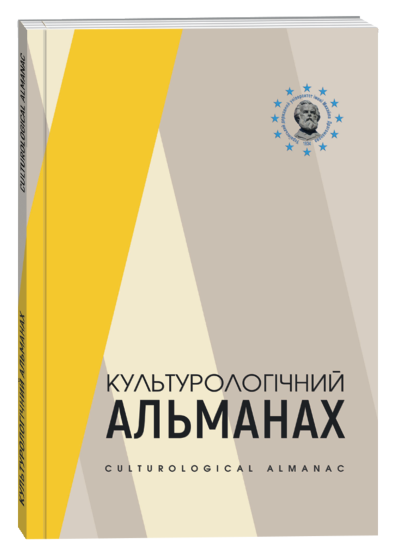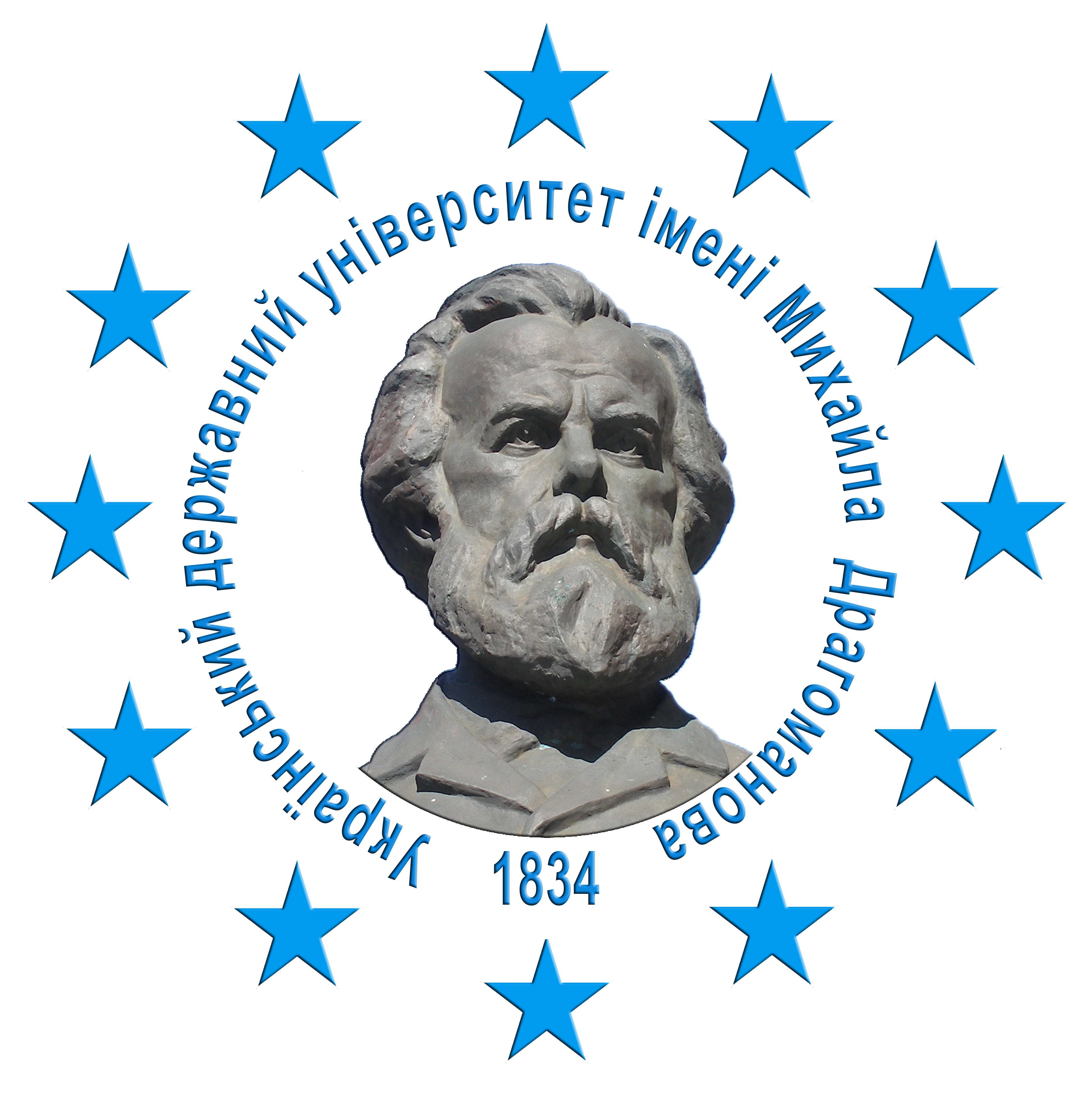MEDIA ANALYTICS IN THE CONTEXT OF INTERDISCIPLINARY UNDERSTANDING: INTEGRATION OF LEGAL, SOCIAL SCIENCE, AND ENGLISH LANGUAGE COMPETENCIES
DOI:
https://doi.org/10.31392/cult.alm.2025.3.51Keywords:
media analytics, journalists, interdisciplinary thinking, legal culture, social studies, English language proficiency, digital humanitiesAbstract
The article examines media analytics as a cognitive model of interdisciplinary thinking that integrates legal, historical, linguistic, and social components of modern humanities education. It shows that media analytics goes beyond purely technical or communication practices and acts as a tool for understanding social processes, developing critical thinking, and forming new-age competencies. Particular attention is paid to the role of legal culture in the formation of responsible and ethically conscious media professionals, the historical context as a source of analytical understanding of information, and the importance of English language competence, which provides access to international media discourse and promotes the development of intercultural communication. Methodological approaches to media analytics are explored, in particular the combination of content analysis, discourse analysis, and socio-communicative methods, which provides a comprehensive understanding of contemporary information processes and trends in the media space. It has been proven that media analytics can function as an integrative platform for combining knowledge of law, history, linguistics, and social sciences, creating conditions for the formation of analytical, linguistic, and ethical competence of future journalists, communicators, and researchers in the era of digital transformations. The article emphasizes the importance of an interdisciplinary approach, which allows not only to quantitatively assess information flows, but also to deeply interpret cultural and social narratives circulating in the public space, contributing to the development of modern information culture and critical understanding of media practices.
References
Beer, D. (2016). How should we do the history of Big Data? Big Data & Society. 3(1). 1–10. https://doi.org/10.1177/2053951716646135
Hunt, R., & McKelvey, F. (2019). Algorithmic Regulation in Media and Cultural Policy: A Framework to Evaluate Barriers to Accountability. Journal of Information Policy. 9. 307–335. https://doi.org/10.5325/jinfopoli.9.2019.0307
Зарембо, К. (2023). Писати аналітику може кожен. Мистецтво переконливого тексту. Київ : Віхола, 2023. 224 .
Laureate, C. D. P., Buntine, W., & Linge,r H. (2023). A systematic review of the use of topic models for short text social media analysis. Artificial Intelligence Review. 56. 14223–14255. https://doi.org/10.1007/s10462-023-10471-x
Macanovic, A. (2022). Text mining for social science – The state and the future of computational text analysis in sociology. Society & Social Sciences Research. 108. https://doi.org/10.1016/j.ssresearch.2022.102784
Manovich, L. (2020). Cultural Analytics. Cambridge, Massachusetts: The MIT Press. 336. URL: https://mitpress.mit.edu/9780262037105/cultural-analytics/?utm_source=chatgpt.com
Марків, О., Зарівна, О. (2020). Теоретичні засади професії медіааналітика: від аналізу інформаційних потоків до англомовної компетентності. Наукові записки Національного університету «Острозька академія»: серія «Філологія». 8(76). 100–103. URL: https://journals.oa.edu.ua/Philology/article/view/2685
Марків, О., Марків, І., Зарівна, О. (2024). Дидактичні практики формування аналітичної компетентності та комунікативного інтелекту сучасного науковця. Сollection of abstracts XLVІІІ International Scientific and PracticalCconference «Interaction of Art and Science: Creative Approaches in Research» (Geneva, Switzerland). 250–254. URL: https://surli.cc/dmkqyb
Марків, О., Марків, І. (2024). Формування правової грамотності журналістів і роль медіа у забезпеченні правовопорядку під час воєнного стану. Collection of Scientific Papers with the Proceedings of the 2nd International Scientific and Practical Conference «Scientific Research: Modern Innovations and Future Perspectives». Montreal : European Open Science Space. 150–157. URL: https://enpuir.udu.edu.ua/entities/publication/e96a519b-5181-47dc-b432-c40435d0084b
Meckin, R. & Elliot, M. (2021). Computational Social Science: A Thematic Review. University of Manchester. National Centre for Research Methods. URL: https://surl.lu/esmiou
Почепцов, Г. (2021). Токсичний інфопростір: як зберегти ясність мислення і свободу дії. Київ : Vivat.
Rodríguez-Ibáñez, M., Casáñez-Ventura, A., Castejón-Mateos, F., & Cuenca-Jiménez, P. (2023). A review on sentiment analysis from social media platforms. Expert Systems with Applications. 223. https://doi.org/10.1016/j.eswa.2023.119862
Стеблина, Н. (2023). Цифрові інструменти для медіааналітика. Одеса: Фенікс. 90. URL: http://www.ualocal.media/?page_id=989









